Immerse yourself in Indigenous language learning while exploring Ontario’s parks through innovative revitalization programs that blend traditional knowledge with outdoor adventure. Join weekly language circles at Algonquin Provincial Park, where Anishinaabemowin speakers guide visitors through nature walks while teaching essential vocabulary and cultural connections to the land. Experience hands-on learning at Crawford Lake, where interactive workshops combine language lessons with traditional ecological knowledge and sustainable harvesting practices. These programs not only preserve endangered Indigenous languages but create meaningful connections between participants and the natural world, offering a unique way to understand Ontario’s rich cultural heritage through direct experience.
Digital learners can access supplementary language apps and online resources specifically designed for these park-based programs, ensuring continuous learning between visits. From beginners to advanced speakers, these immersive experiences provide a practical pathway to language fluency while fostering a deeper appreciation for Indigenous perspectives on environmental stewardship.
Language and Land: A Natural Connection
Traditional Place Names
Across Ontario’s parks and protected areas, traditional Indigenous place names are being restored, offering visitors a deeper connection to Indigenous cultural heritage and the land’s original stories. For example, Quetico Provincial Park incorporates the Ojibwe word “Gaa-giitaawang,” meaning “the lake that stretches far.” Similarly, Killbear Provincial Park’s original name “Mnidoo Gamii” translates to “Spirit Lake” in Anishinaabemowin.
These traditional names often describe the land’s physical features or historical significance. Lake Superior’s Indigenous name “Gichigami” means “great sea,” perfectly capturing its vast expanse. Many parks now feature dual naming, displaying both English and Indigenous names on signs and maps, helping visitors learn about the deep connection between language and landscape.
Look for interpretive panels throughout the parks that explain the meaning behind these traditional names. They offer fascinating insights into how Indigenous peoples have understood and described these lands for thousands of years. This naming restoration initiative helps preserve linguistic heritage while enriching visitors’ understanding of the places they explore.
Nature-Based Language Learning
Learning a language while surrounded by nature creates a powerful connection to both the words and the land. Many Indigenous communities in Ontario are revitalizing their traditional languages through outdoor immersion programs, where learners discover vocabulary while hiking through forests, identifying plants, or paddling across lakes. These nature-based programs help students understand the deep relationship between language and the environment, as many Indigenous words directly describe the natural world around us.
Participants often find that learning in outdoor settings makes vocabulary more memorable and meaningful. Whether it’s learning the names of medicinal plants while foraging, practicing weather-related terms during a nature walk, or sharing stories around a campfire, these experiences create lasting connections. The natural rhythm of outdoor activities also helps learners absorb language patterns more naturally, making the learning process feel less like a formal classroom setting and more like a cultural journey.
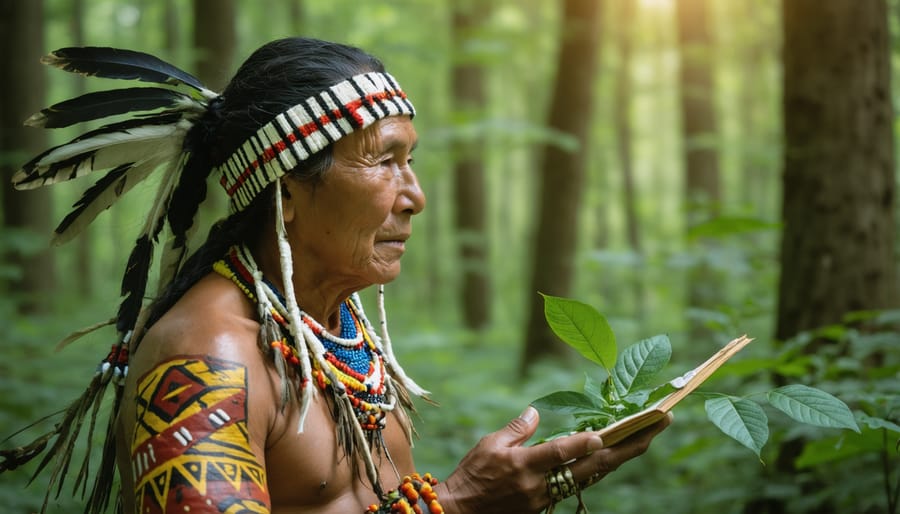
Interactive Language Programs in Ontario Parks
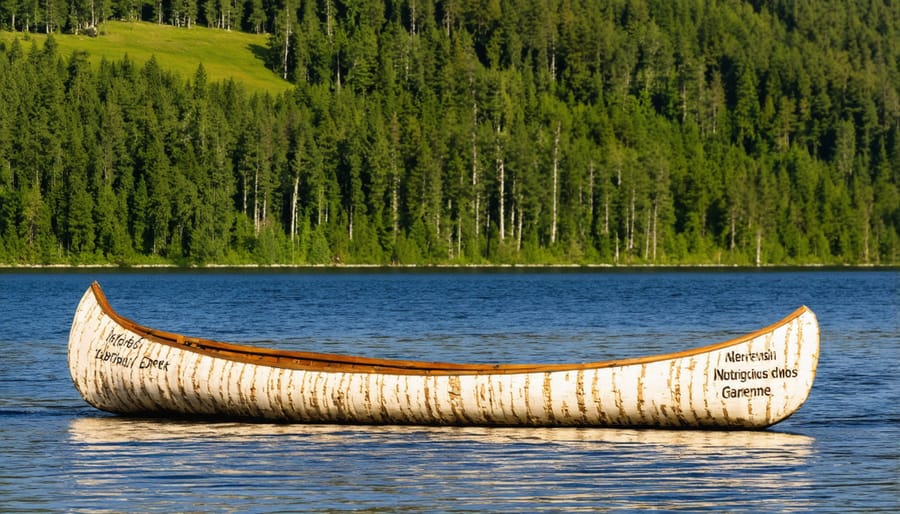
Guided Nature Walks
Experience Ontario’s natural wonders while learning Indigenous languages through guided nature walks led by knowledge keepers and language speakers. These immersive experiences combine traditional ecological knowledge with language learning, creating meaningful connections to both culture and land.
Along the trails, guides share the original names of plants, animals, and landmarks, teaching participants basic vocabulary and phrases in languages like Anishinaabemowin and Mohawk. You’ll learn how to identify medicinal plants, understand traditional harvesting practices, and discover the deep relationships between language and the natural world.
Popular programs include the Medicine Walk at Crawford Lake Conservation Area, where participants learn plant names and their traditional uses, and the Sunrise Language Walks at Point Pelee National Park, where morning bird calls accompany language lessons. Many provincial parks also offer seasonal guided walks, typically running from late spring through early fall.
For the best experience, bring a notebook to write down new words, wear comfortable walking shoes, and dress for the weather. Most walks last between 1-2 hours and are suitable for all age groups and fitness levels.
Cultural Camping Experiences
Cultural immersion through camping experiences in Ontario offers a unique way to learn Indigenous languages in their traditional contexts. Several First Nations communities host seasonal language camps where participants can learn through daily activities, storytelling, and traditional practices.
At these camps, language learners wake up to morning ceremonies conducted in Indigenous languages, participate in traditional activities like fishing and foraging while learning related vocabulary, and gather around evening fires for storytelling sessions. The natural setting helps connect language learning to the land, making vocabulary more meaningful and memorable.
Popular programs include the Ojibwe Language Immersion Camp near Georgian Bay and the Cree Language Camp in the James Bay region. These typically run for 3-7 days and welcome both beginners and intermediate learners. Participants stay in traditional lodgings or modern camping facilities while engaging with fluent speakers and knowledge keepers.
Pro tip: Book these experiences well in advance as spots fill up quickly, especially during summer months. Many camps provide all necessary camping equipment, so don’t worry if you’re new to outdoor adventures.
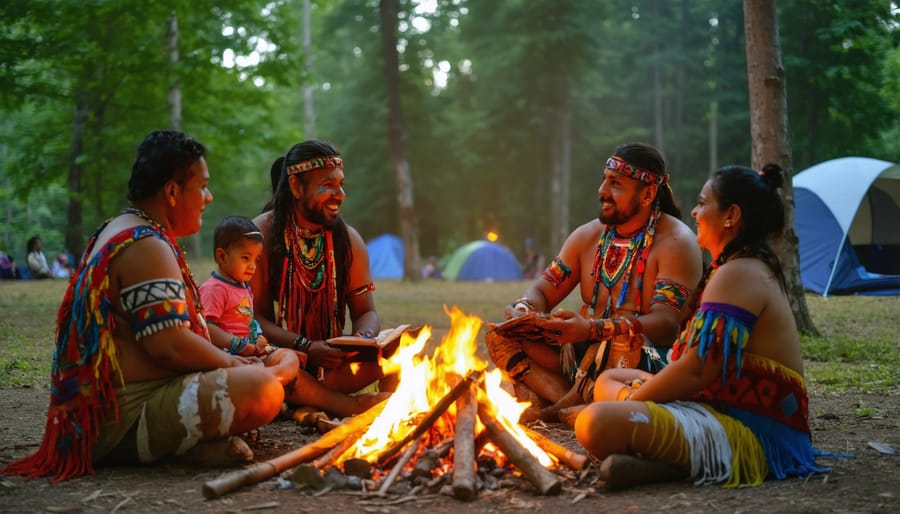
Best Parks for Language Learning
Seasonal Programs
Language learning opportunities in Ontario follow the natural rhythms of the seasons, offering unique experiences throughout the year. Summer programs are particularly popular, featuring immersive camps where participants learn traditional languages while engaging in outdoor activities like canoeing and plant identification. Many First Nations communities host week-long summer gatherings that combine language instruction with cultural teachings.
In autumn, weekend workshops focus on harvest-related vocabulary and traditional food preparation, while winter programs often center around storytelling and indoor language circles. These cozy indoor sessions are perfect for developing conversation skills and learning about winter-specific cultural practices.
Spring brings specialized programs focusing on environmental terms, traditional medicine, and the language of renewal. Many communities offer maple syrup camp experiences where participants learn related Indigenous vocabulary while participating in the ancient practice of maple syrup making.
Most programs welcome both beginners and intermediate learners, with some communities offering family-focused sessions where parents and children can learn together. To ensure the best experience, it’s recommended to book seasonal programs at least two months in advance, as spaces fill up quickly.
Participating in language revitalization programs offers more than just a chance to learn new words – it’s an opportunity to become part of something truly meaningful. By engaging with Indigenous languages while exploring Ontario’s breathtaking landscapes, you’ll gain a deeper appreciation for the land and its original stewards. These programs help preserve vital cultural knowledge for future generations while enriching your own outdoor adventures with new perspectives and understanding. Whether you’re hiking through Algonquin Park or camping along the shores of Lake Superior, knowing even a few words in local Indigenous languages can transform your experience from simply seeing the landscape to truly connecting with it. Make your next outdoor adventure more meaningful by joining these programs – you’ll not only help keep these important languages alive but also discover Ontario’s natural wonders in an entirely new and profound way.

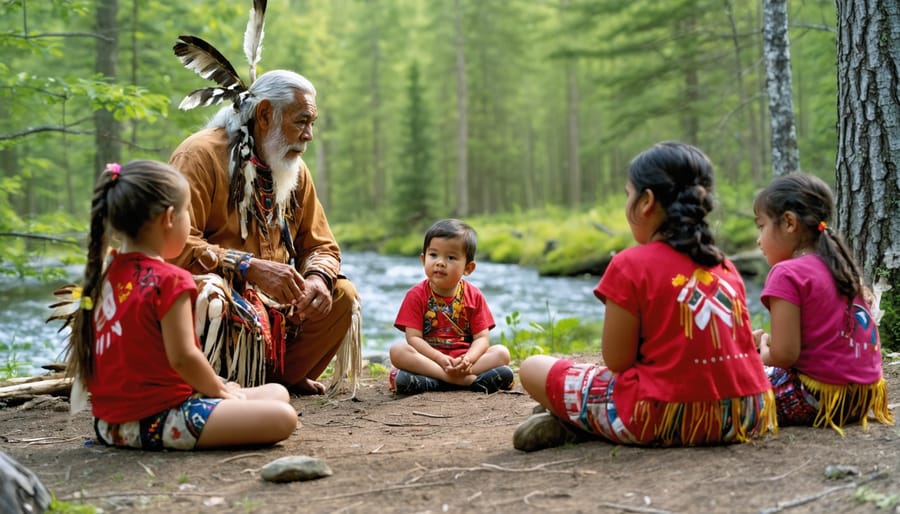
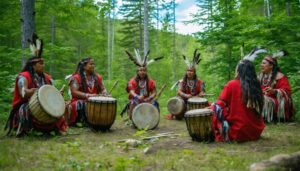
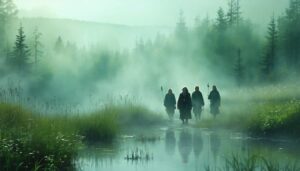
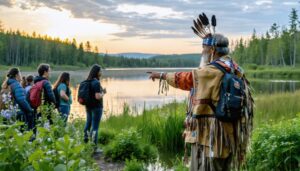
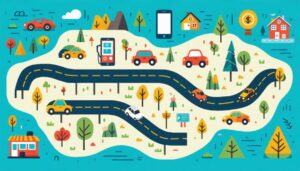
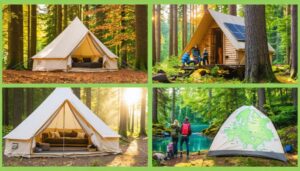
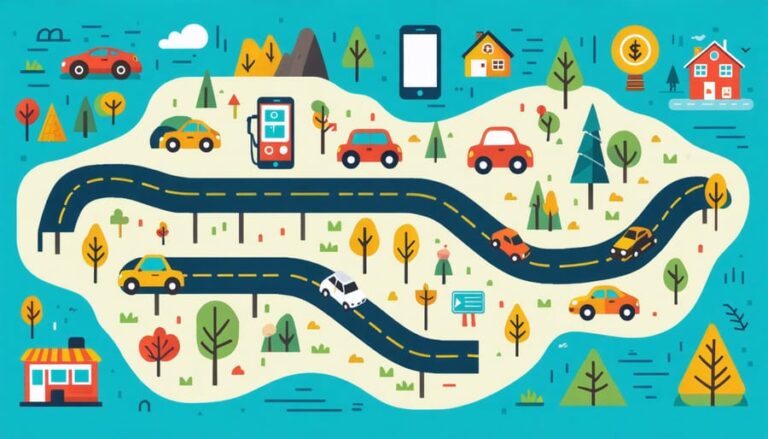
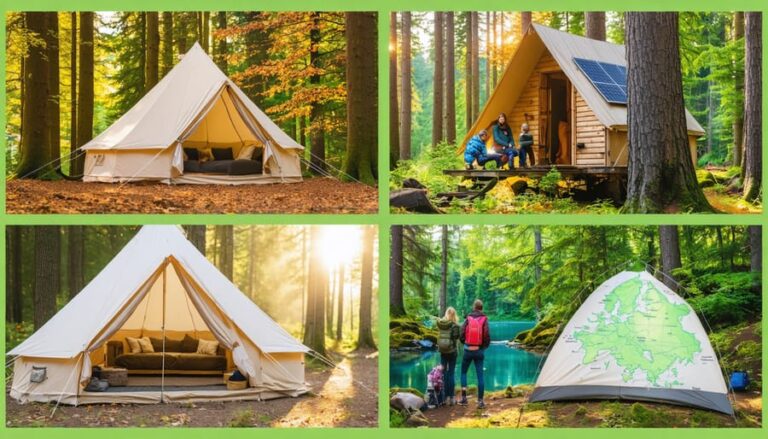
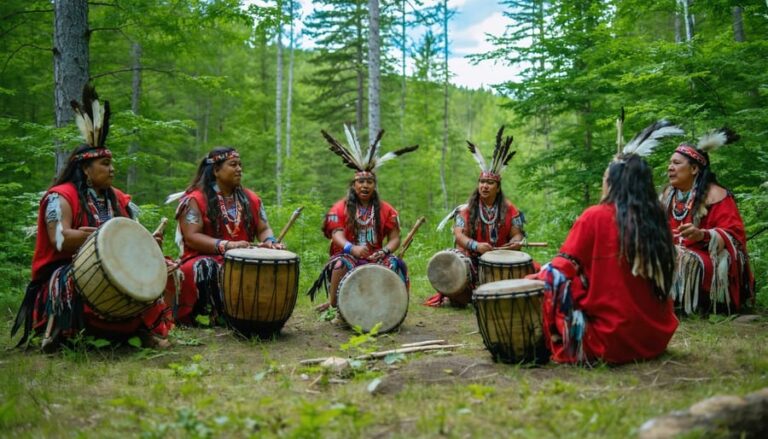
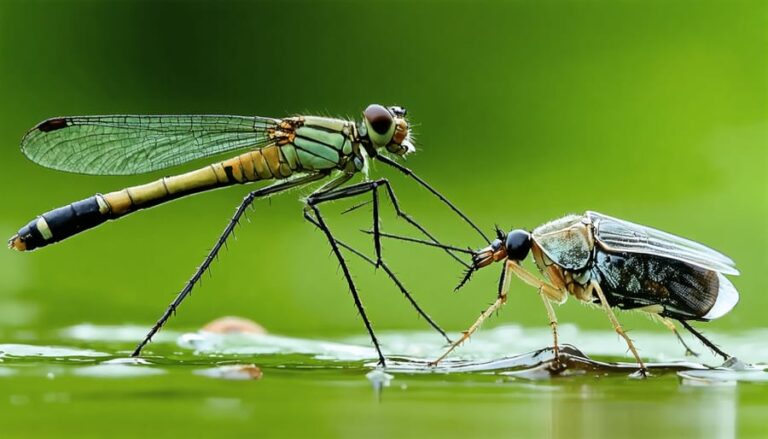

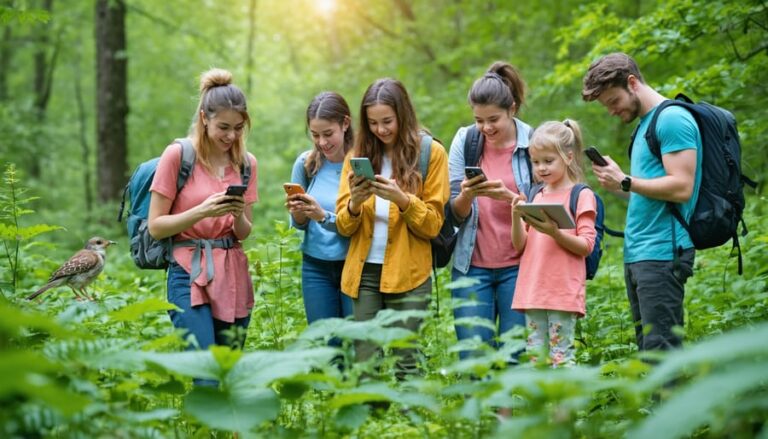
+ There are no comments
Add yours